
MARIE-ANN YEMSI
APPOINTED CURATOR
FOR MOMENTA 2025
MOMENTA Biennale de l’image is pleased to announce the appointment of Marie-Ann Yemsi as curator for its 19th edition, titled In Praise of the Missing Image, which will take place in the fall of 2025. Yemsi proposes to explore the potentialities of missing images to renew narratives relating to time, history, and the world. The exhibitions, public programs, and publication will all be centred around this theme.
More information
News
MOMENTA is launching its call for submissions for its 2025 edition. The Biennale invites Canadian* artists and artist collectives, emerging and established, to submit a project to show us their works connected with the Biennale’s theme, whether at the ideation or the production stage.
In Praise of the Missing Image
In a world saturated with images, some, strangely, are lacking. The 2025 edition of MOMENTA seeks to explore the potentialities of missing images to renew narratives relating to time, history, and the world. The programmation will open spaces for dialogue, hospitality, and the expression of struggles and solidarities wherein decolonial and feminist pedagogies and ancestral knowledge intersect.
Ever since the invention of photography and film, and their proliferation during the colonial expansion of the nineteenth and twentieth centuries, an ideological link was formed between these media and the construction of dominant narratives. This connection has been particularly evident in the production of figures of alterity – geographic, cultural, racial, economic – and in certain resulting historical blind spots. Narratives that fell outside this frame were swept away, and these stories have been either truncated or simply disappeared. With a focus on what is beyond our view – the silences and breaches in individual and collective memory – the Biennale will explore both contemporary challenges in relation to the image and the current consequences of the complex dynamics involved in constructing narratives. Which stories are told, how, and by whom? Through the unruly material of art, In Praise of the Missing Image invites us to imagine collectively the means, political and poetic, by which we may inhabit the impasses of the present and sketch out ways toward the future.
| We are looking for works that explore the potentialities of missing images to renew narratives relating to time, history, and the world. We wish to investigate multiple perspectives including, but not limited to, invisibilization, infiltration, erasure, fugitivity, hospitality, solidarity, archipelagic thinking, decolonization, new narratives, mechanisms of exclusion, hybridization, etc. We are interested in works that involve the notion of the image, including installations, experiential works, and other forms. We will pay special attention to works that are new or have not been exhibited in Quebec and/or in Tiohti’á:ke / Mooniyang / Montreal. From a perspective of openness and self-reflection, MOMENTA aspires to adopt a flexible and caring attitude. We therefore invite artists from a variety of horizons, origins, and career stages to submit a project. In addition, applicants who are experiencing challenges supplying materials in the form requested may contact our team at exposition@momentabiennale.com to make special arrangements for making a submission. MOMENTA also pays particular attention to eco-responsibility and encourages artists to submit proposals that are respectful of and sensitive to environmental issues. |
Only proposals for art projects related to the theme, In Praise of the Missing Image, and consistent with MOMENTA’s mission will be considered. Please do not send proposals for exhibition curation.
Deadline: May 14, 2024
Full submission guidelines
*People with Canadian citizenship or permanent residency status

MOMENTA Biennale de l’image is pleased to announce the appointment of Marie-Ann Yemsi as curator for its 19th edition, titled In Praise of the Missing Image, which will take place in the fall of 2025. Yemsi proposes to explore the potentialities of missing images to renew narratives relating to time, history, and the world. The exhibitions, public programs, and publication will all be centred around this theme.
| In Praise of the Missing Image By Marie-Ann Yemsi In a world saturated with images, some, strangely, are lacking. This edition of MOMENTA seeks to situate these lacunae in a historical perspective. Ever since the invention of photography and film, and their proliferation during the colonial expansion of the nineteenth and twentieth centuries, an ideological link was formed between these media and the construction of dominant narratives. This connection has been particularly evident in the production of figures of alterity – geographic, cultural, racial, economic – and in certain resulting historical blind spots. Narratives that fell outside this frame were swept away, and these stories have been either truncated or simply disappeared. With a focus on what is beyond our view – the silences and breaches in individual and collective memory – In Praise of the Missing Image will explore both contemporary challenges in relation to the image and the current consequences of the complex dynamics involved in constructing narratives. Which stories are told, how, and by whom? Can the subaltern speak? wondered the Indian philosopher Gayatri Spivak in her celebrated essay. With this question at the core of its reflections, the Biennale aims to open up multiple perspectives for experimentation and speculation on the nature, uses, and production of missing images. Following traces and echoes from the thinking of Édouard Glissant, it deploys an archipelago of forms and ideas, emanating from a constellation of subjects, viewpoints, and artistic positions. A significant engagement with concepts of the archive, the document, traces of recollection, and body memory will underline their potential to build a repertoire of languages from which artists may draw to probe the univocity of dominant narratives. This reordering of collective and individual memories in contemporary narratives is aimed at re-establishing the voice of the Other and the memory of different knowledges, exploring their imaginaries, and revealing issues at stake in the enduring mechanisms of exclusion and marginalization. How to speak about ourselves on our own terms, be the subject of our own story within societies in which certain communities have been stripped of their lands, languages, cultures, or humanity? Linking collective struggle to the formation of the self, the artists will propose critical reflections often inspired by concepts such as hybridization, infiltration, fluidity, and fugitivity. They will create emancipatory images for new stories of the living, and bring to light personal narratives and collective histories that have been invisibilized, minoritized, marginalized, or erased. Conceived as a gathering that will draw its strength from the active co-presence of many, the 2025 edition will open spaces for dialogue, hospitality, and the expression of struggles and solidarities wherein decolonial and feminist pedagogies and ancestral knowledge intersect. The narratives and gestures employed by these artists will evoke the vital necessity of bringing together diverse voices and stories, and will underline the transformative and healing experience of choosing consonant words and forms to speak of oneself. Through the unruly material of art, In Praise of the Missing Image invites us to imagine collectively the means, political and poetic, by which we may inhabit the impasses of the present and sketch out ways toward the future. About the Curator Marie-Ann Yemsi is an independent exhibition curator and contemporary art consultant based in Paris, France. With a degree in political science, Yemsi pays particular attention to theoretical, critical, and aesthetic productions in the Global South and develops multidisciplinary art programs at the intersection of the visual arts, performance, dance, music, and writing. Her projects focus on collaborative art practices and experimental forms, highlighting themes such as memory, history, gender, and identity in relation to contemporary political, social, and ecological issues. She has organized numerous international exhibitions including, most recently, the group exhibition Ubuntu, a Lucid Dream, at the Palais de Tokyo in Paris, and Grada Kilomba’s A World of Illusions, at the Norval Foundation in Cape Town, South Africa. MOMENTA 2025 will encourage conversations, encounters, and exchanges initiated by a selection of artists from all over the world, with particular focus on artists from Quebec and Canada. Produced in collaboration with numerous exhibition partners, the exhibitions will present the work of more than twenty artists in total. The exhibitions will be accompanied by a publication and an extended program of activities for the public. Press release Portrait of the curator |

On this occasion of the International Day of Zero Waste, we wish to highlight MOMENTA’s recent green initiatives and the implementation of our sustainable development policy.
| A few of MOMENTA’s initiatives Exhibition Production -Our team provides specific support to artists in producing more sustainable artworks. -We prioritize the use of eco-friendly materials, such as recycled paint, and establish collaborations with local partners for the fabrication of exhibition furnishings. Transportation and Travel -We favor the use of eco-friendly means of transportation for the dissemination of artworks as well as for the travel of our artistic collaborators whenever possible (for example: prioritizing trains over airplanes) -MOMENTA recommends its visitors routes that gather addresses close to each other, encouraging travel on foot, by bicycle, and by public transportation. Local Circular Economy -MOMENTA collaborates with several Montreal-based companies adopting eco-responsible approaches and socio-vocational reintegration practices. -We prioritize reuse, rental, and sharing with our partners rather than purchasing materials and equipment. Management and Governance -MOMENTA formed a socio-ecological transition committee, which adopted a sustainable development policy and an action plan incorporating clear objectives and concrete measures. -In its daily activities, MOMENTA has transitioned to an almost 100% digital mode. Awareness -MOMENTA raises awareness among its audiences about issues surrounding socio-ecological transition by addressing themes and offering educational activities questioning our relationships and impacts on the environment. -MOMENTA provides its team with training offering sustainable alternatives across all its various activities. -By encouraging the involvement of all its employees, MOMENTA aims to ensure that the measures reflect its organization’s daily reality as closely as possible, and to inspire a sincere desire to carry out this work successfully. |
Our Future Actions
Eco-responsibility is a long-term commitment. We are aware that there is still much work to be done: MOMENTA commits to continuing its current initiatives and adopting new ones, including the inclusion of eco-responsibility clauses in contracts with its partners and suppliers. We aim to continue creating learning opportunities around environmental issues for our audiences, especially children, as well as strengthening our event management actions, such as quantitative monitoring and ultimately the reduction of waste and greenhouse gas emissions. Lastly, MOMENTA strives to continuously improve its sustainable development policy and action plan by engaging its team, notably through group discussions.
Resources
We encourage our audiences to learn about the International Day of Zero Waste and use this opportunity to develop awareness around the challenges and impacts of our individual and collective actions by consulting the United Nations website. Additionally, Carboneutre Québec offers 23 ecological actions to reduce our carbon footprint. You can also learn about the key points of the Quebec Government’s 2023-2028 Sustainable Development Strategy.
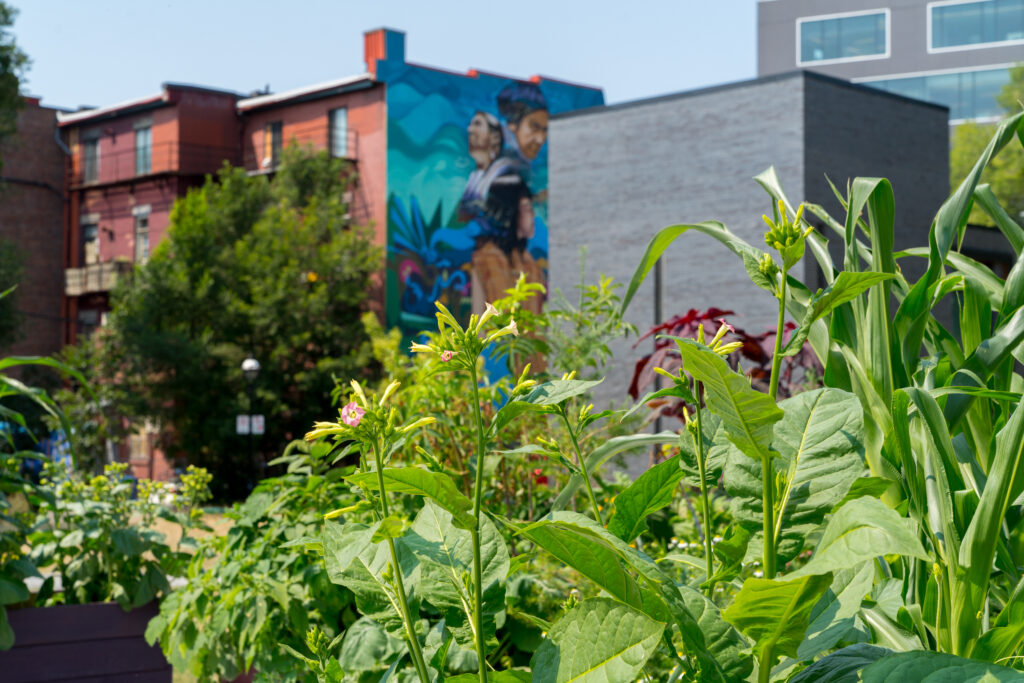
MOMENTA Press

Dominique Sirois-Rouleau nommée directrice générale de MOMENTA Biennale de l’image

Mascarades. L’attrait de la métamorphose : 18e édition de MOMENTA Biennale de l’image
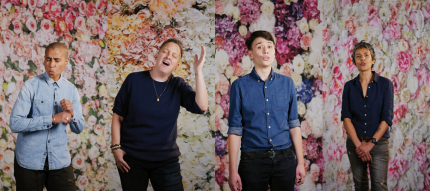
MOMENTA 2023 : un appel au mouvement au-delà de la biennale

LES NOUVEAUX VISAGES DE 2024

MOMENTA Biennale de l’image
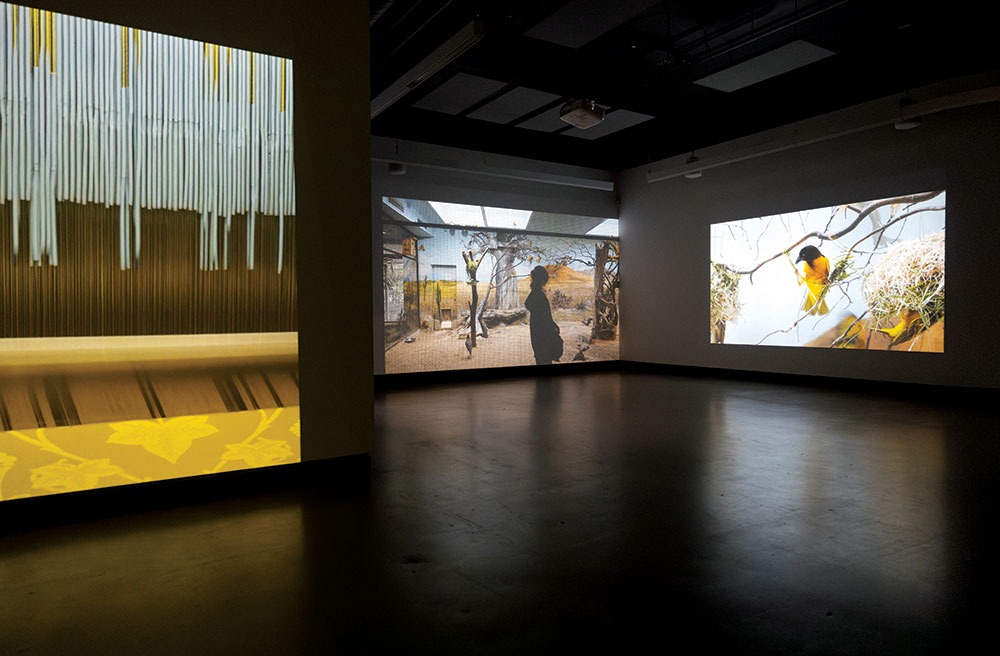
When skin becomes a weapon: Identity and an era of self-exposition

MASQUERADES. MOMENTA BIENNALE DE L´IMAGE, MONTREAL
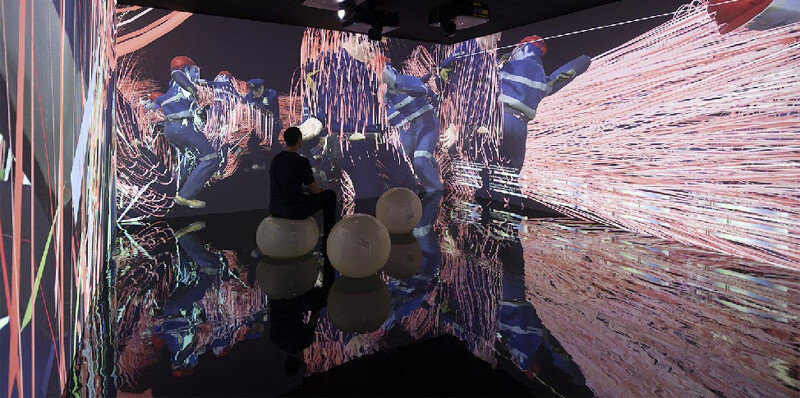
Movies that stand up to persecution, CGI that makes figures of authority dance: Art summons history
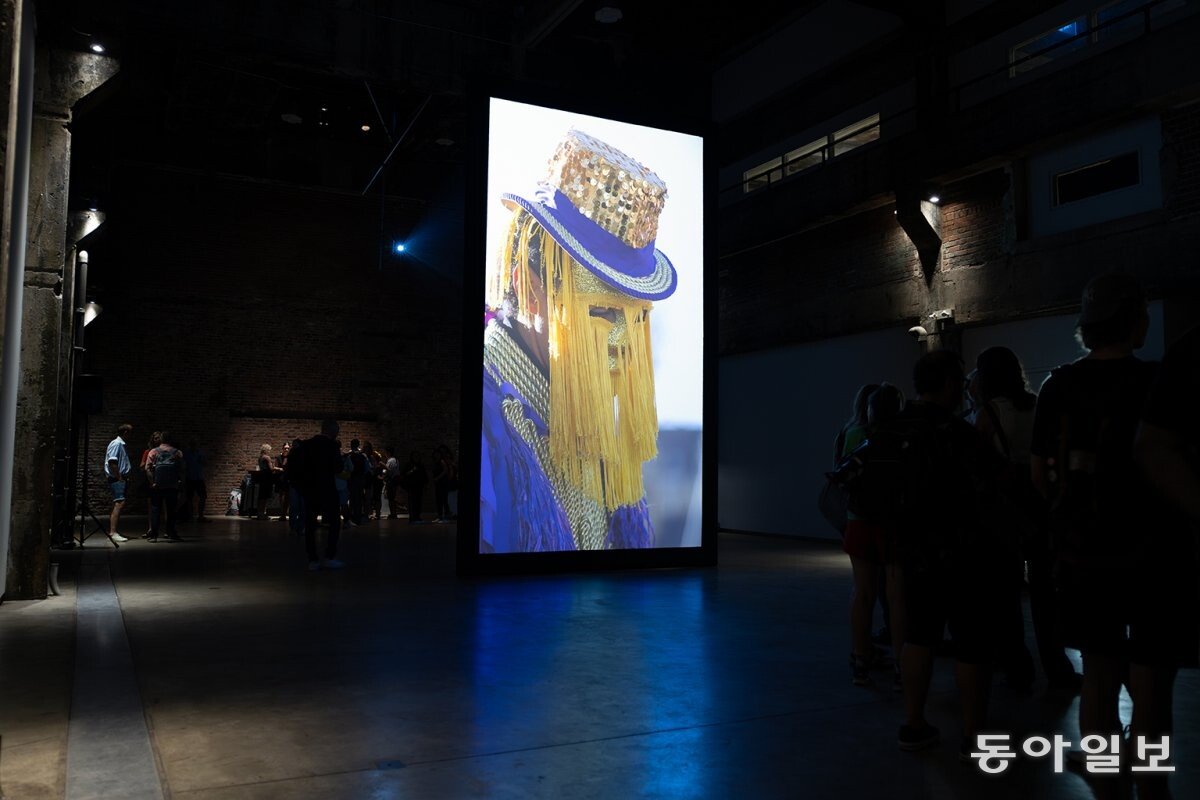
Visiting a Montréal biennial with the curator
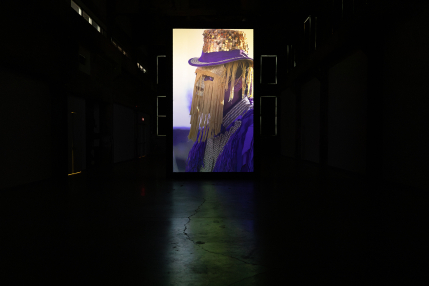
MOMENTA Biennale
We use cookies on this site to enhance your user experience.
Confidentiality Policy

















